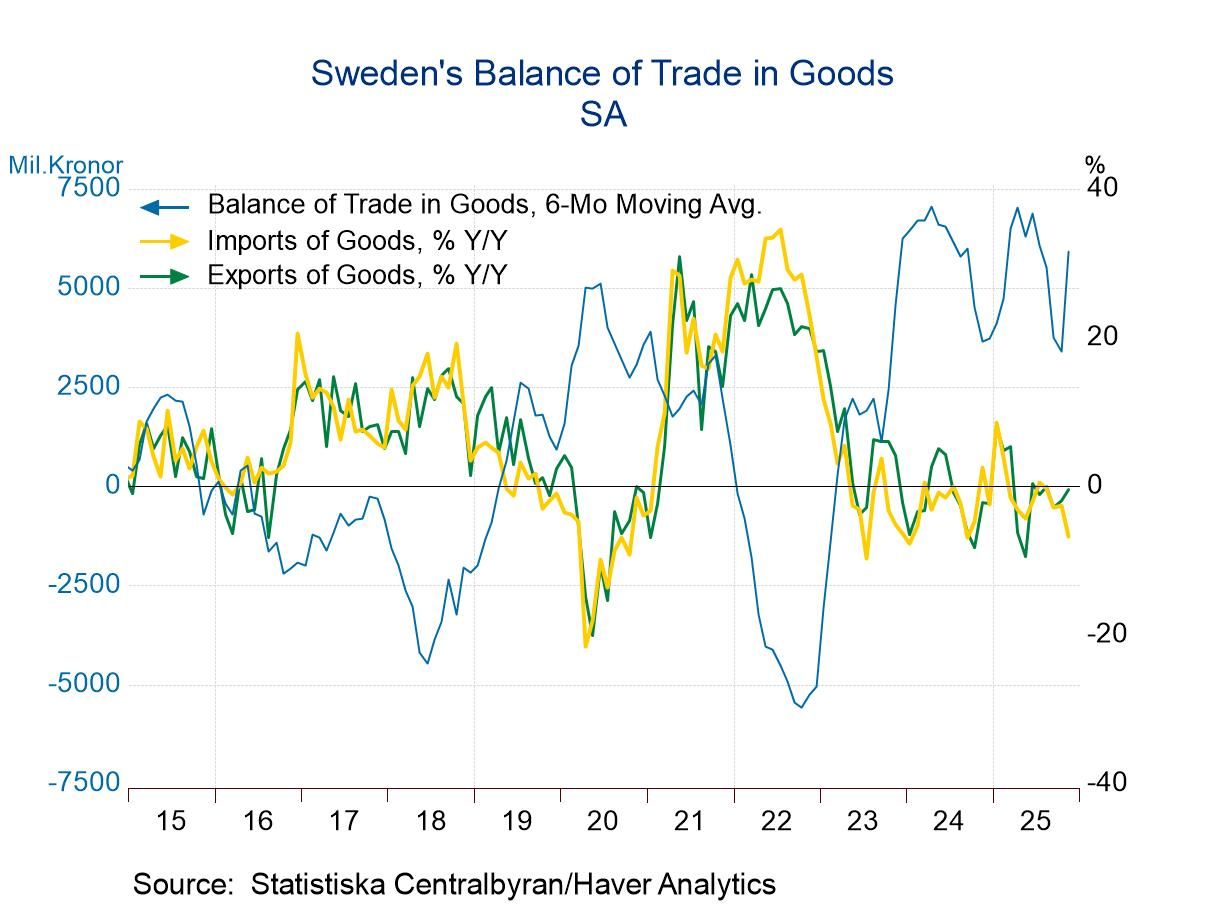 Global| Jun 06 2024
Global| Jun 06 2024Charts of the Week: Politics and Economics
by:Andrew Cates
|in:Economy in Brief
Summary
A further batch of disappointing US growth data, coupled with policy rate cuts from the Bank of Canada and the European Central Bank, have continued to re-energize easing narratives in financial markets over the past few days. But politics has also been grabbing the headlines thanks to some unexpected election results from e.g. India and South Africa. In our charts this week, we delve into some of the globally-rooted macroeconomic factors that explain why incumbent political parties have struggled to gain renewed traction with their electorates in recent months (see charts 1 and 2). Given that some of these relate to consumer prices and interest rates, near-term relief could be forthcoming if recent declines in global oil prices are sustained (chart 3). However, the decline in oil prices might indicate a broader downturn in the world economy, a message that finds an echo in this week’s disappointing US ISM manufacturing survey (chart 4). Shifting focus, we also examine this week’s firmer-than-expected wage data from Japan and its implications for the BoJ (chart 5). Finally, we highlight China’s electric vehicle production, given the sector's significance for the world economy and its prominent role in the industrial policies of several nations (chart 6).
Household purchasing power Incumbent political parties have failed to generate the degree of support that they had hoped for in recent elections. This week’s election results from India is a case in point. Alternatively, latest opinion polls suggest that incumbents could struggle to get re-elected in forthcoming elections later this year. There are undeniably several local factors that are responsible for this. But there are arguably some broader globally-rooted secular forces that are responsible too. They concern geopolitics, climate change, new technologies and ageing populations, among others. But in combination with one another, these have conspired to compress household purchasing power and amplify uncertainty via their impact on supply chains, inflation and interest rates, job security and public spending pressures (e.g. on healthcare). Estimates from the Federal Reserve Bank of Dallas, for instance suggest that in 2023 Q4 real household personal disposable income per head was only 0.6% higher than its pre-COVID level in Q1 2020 in the United States. And at the broader global level it was only 1.9% higher (chart 1).
Chart 1: US and Global real household personal disposable income per capita

Global economic policy uncertainty In the meantime, economic policy uncertainty remains high. Lower uncertainty in Europe has admittedly offered some relief in recent months. Even so, overall average levels of uncertainty at the global level are still well above longer-term averages (chart 2).
Chart 2: Global economic policy uncertainty

Oil prices and global growth High energy prices in recent years and their inflation and monetary policy implications have arguably been a key driver of policy uncertainty. The past week’s sharp declines in oil prices are, therefore, welcome. Prices initially fell sharply following OPEC+'s announcement of its intentions to ramp up production. But alongside this, disappointing data releases could have further impacted market sentiment (see chart 3).
Chart 3: Citigroup’s global growth surprise index versus oil prices

US manufacturing activity and EM trade One of these disappointing data releases was this week’s US ISM survey of manufacturing. The headline index from that survey specifically dropped to 48.7 in May from April's 49.2. The primary driver behind the downturn was the decrease in new orders – a good indicator of demand. That decline chimes too, however, with the broader messaging from other indicators of global trade. Emerging market export volumes, for example, plunged by 3.7% in the year to March following growth of 7.9% in February.
Chart 4: US ISM index (new orders) versus export volume growth in EM countries

Japan’s wage inflation Another noteworthy data point this week concerned Japan’s labour market. Specifically, overall nominal cash earnings surged by 2.1% y/y in April, suggesting that wage pressures within the economy are strengthening. Furthermore, nominal base wages climbed by 2.3%, marking its highest increase in decades. However, despite this, Japan's nominal wage growth still lags behind inflation, and suggest a further retreat in real wage growth (see chart 5).
Chart 5: Japan’s wage growth and CPI inflation

China’s EV production China's EV market has expanded substantially in recent years. However, this growth has lately slowed, indicating a transition to a more mature stage and reflecting the effects of phased-out state subsidies. Despite this moderation, the sector continues to experience double-digit growth, with EV exports surging by 70.3% y/y in April. China's EV market has gained significant prominence, initially domestically and more recently on the international stage. Specifically, the retail penetration of new energy vehicle sales in China has jumped from 3.4% in October 2019 to nearly 44% in April 2024. This phenomenal growth in EV exports has also caught the attention of China’s US and European trading partners– major destinations for China's EVs – leading to higher US tariffs on China’s exports and active consideration of similar policies from Europe too.
Chart 6: China’s EV production

Andrew Cates
AuthorMore in Author Profile »Andy Cates joined Haver Analytics as a Senior Economist in 2020. Andy has more than 25 years of experience forecasting the global economic outlook and in assessing the implications for policy settings and financial markets. He has held various senior positions in London in a number of Investment Banks including as Head of Developed Markets Economics at Nomura and as Chief Eurozone Economist at RBS. These followed a spell of 21 years as Senior International Economist at UBS, 5 of which were spent in Singapore. Prior to his time in financial services Andy was a UK economist at HM Treasury in London holding positions in the domestic forecasting and macroeconomic modelling units. He has a BA in Economics from the University of York and an MSc in Economics and Econometrics from the University of Southampton.






